 We are part of a great line-up at the 79th FolkRag Old & New Concert held at the Danish Club, Newstead (Brisbane).
We are part of a great line-up at the 79th FolkRag Old & New Concert held at the Danish Club, Newstead (Brisbane).
Doors open at 6.30 for a 7.30 start.
$15 Admission / $12 Concession
Excellent light meals, licensed bar
Featured acts:
The Goodwills with Helen Rowe
Jodi Murtha
Karen Law & Family
Sadie & Jay with Suzanne Hibbs
Info: Michael 07 3855 1091
www.folkrag.org/foan.html
Rebecca Wright and Donald McKay  were guest performers on Sunday August 14. Donald’s traditional and original songs from his native Scotland were beautifully complemented by Rebecca’s insightful Australian originals and thoughtful selection of contemporary songs. Accompanied by requinto, cello, acoustic guitar and bodhran, their show brought us all back to the heart of folk.
were guest performers on Sunday August 14. Donald’s traditional and original songs from his native Scotland were beautifully complemented by Rebecca’s insightful Australian originals and thoughtful selection of contemporary songs. Accompanied by requinto, cello, acoustic guitar and bodhran, their show brought us all back to the heart of folk.
Rebecca is well-known on the Australian folk circuit for solo performances, inspired songwriting and sensitive cello playing. She has played at countless festivals and folk clubs, including the world-renowned Woodford, National and Port Fairy Festivals. In 2008, Rebecca met Donald while touring in the UK as guest cellosinger with Aussie group Cloudstreet, and soon found herself living in Scotland, immersed in traditional Scottish music and culture.
Since joining their songs and lives together, Rebecca and Donald have toured in Scotland, New Zealand and Australia, with highlights including Woodford, National, Cygnet, Newstead Live!, Palm Creek and Wintermoon festivals. They have released two albums, “Over Burns And Braes” (2016) and “Joys that never weary” (2012).
The concert on August 14 starts at 2pm with an opening set from The Goodwills (Bob & Laurel Wilson). Tickets are $15/$12 and bookings are essential. Contact us via the website or call Bob on 0438 525119.

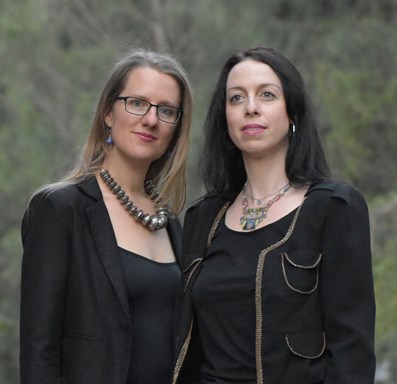
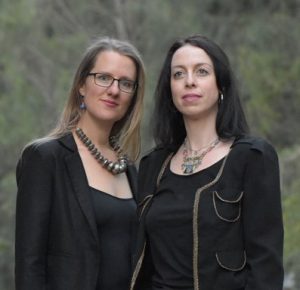
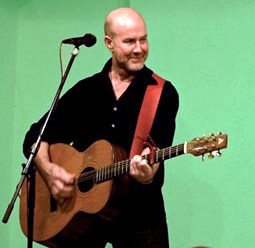

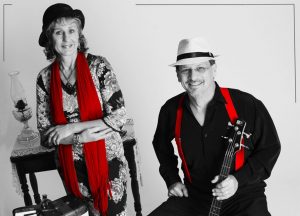
 Our next Maleny house concert on April 23 features two talented alt-country songwriters, Kelly Cork and Brad Butcher. They’ll be performing in a songwriters-in-the-round format.
Our next Maleny house concert on April 23 features two talented alt-country songwriters, Kelly Cork and Brad Butcher. They’ll be performing in a songwriters-in-the-round format. Brad Butcher is also heading to the studio this month to put the polish on songs developed on a recent trip to the US. His new album out later this year will follow the acclaimed Jameston. He and Kelly last performed on the same stage in Tamworth but also at last year’s Maleny Music Festival. The concert on Sunday April 23 starts at 2pm. Tickets are $15/$12 and if you want to book (recommended), send Laurel(goodwills@ozemail.com.au) an email or use the contact form on our website.
Brad Butcher is also heading to the studio this month to put the polish on songs developed on a recent trip to the US. His new album out later this year will follow the acclaimed Jameston. He and Kelly last performed on the same stage in Tamworth but also at last year’s Maleny Music Festival. The concert on Sunday April 23 starts at 2pm. Tickets are $15/$12 and if you want to book (recommended), send Laurel(goodwills@ozemail.com.au) an email or use the contact form on our website.
 Sunday August 6 2pm: Irish songwriter Kieran Halpin (All the Answers, Angel of Paradise, Mirror Town), makes a welcome return to Maleny. He is visiting from Germany and on a tour of Australia. If you are not familiar with his work, go to his
Sunday August 6 2pm: Irish songwriter Kieran Halpin (All the Answers, Angel of Paradise, Mirror Town), makes a welcome return to Maleny. He is visiting from Germany and on a tour of Australia. If you are not familiar with his work, go to his 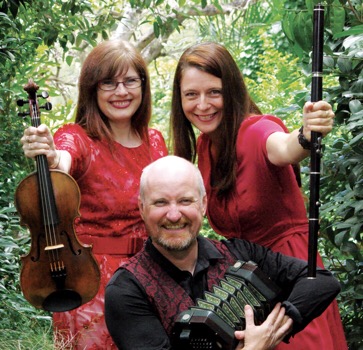
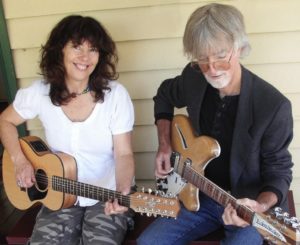

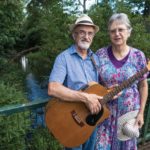 We are part of a great line-up at the 79th FolkRag Old & New Concert held at the Danish Club, Newstead (Brisbane).
We are part of a great line-up at the 79th FolkRag Old & New Concert held at the Danish Club, Newstead (Brisbane). were guest performers on Sunday August 14. Donald’s traditional and original songs from his native Scotland were beautifully complemented by Rebecca’s insightful Australian originals and thoughtful selection of contemporary songs. Accompanied by requinto, cello, acoustic guitar and bodhran, their show brought us all back to the heart of folk.
were guest performers on Sunday August 14. Donald’s traditional and original songs from his native Scotland were beautifully complemented by Rebecca’s insightful Australian originals and thoughtful selection of contemporary songs. Accompanied by requinto, cello, acoustic guitar and bodhran, their show brought us all back to the heart of folk.